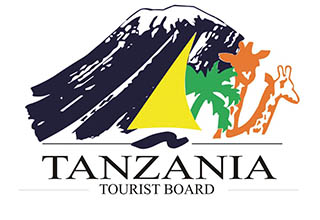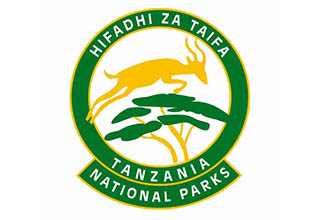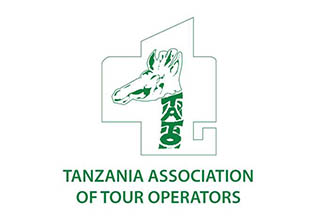Weather / seasonal changes / tourist seasons
BEST TIME TO VISIT
There are two factors to consider when choosing a time to visit Tanzania – the wildlife and the crowds.
For the best wildlife viewing, visit Tanzania during the months of December through February, and July through September.
To avoid the crowds, visit in March, April, May, November or early December.
For those sensitive to heat, we recommend going on safari from May through August, which are the coolest months.
BEST TIME TO CLIMB KILIMANJARO
Kilimanjaro’s dry season, and also the busiest time to climb, is June through October. December through February is also a busy time on the mountain although there tends to be more rain and snow. Clear skies are more likely from June to October, as the cloud cover burns off after the tree line. Because Kilimanjaro is such a large mountain, it has its own weather pattern – it often rains on Kilimanjaro when it is not raining elsewhere. You should prepare for rain and have your rain gear with you at all times while on the mountain. The coldest temperature experienced at the summit is around -30C. The lower elevations can be quite hot, so pack for a wide range of temperatures.
TANZANIAN SEASONS
Late March through late May is the rainy season and visitors need to be prepared with suitable wet-weather gear. Directly after the long rains, it’s a wonderful time to visit Tanzania’s national parks due to the abundance of wildflowers and vegetation. It is also a great time to go on safari because there is less dust and tourist numbers are minimal.
July through October is Tanzania’s dry season and the high/peak season for tourists. It’s the best time to view wildlife as grasses are virtually nonexistent; however it is usually dusty and can be quite cold at higher elevations such as Ngorongoro Crater.
Tanzania’s short rains occur from late October through mid December, a time when there are usually fewer tourists in the national parks. December through March is Tanzania’s “summer” and many people visit at this time for optimal wildebeest migration viewing. Please note that the migration’s movement follows the rainfall so its exact location is difficult to predict.














